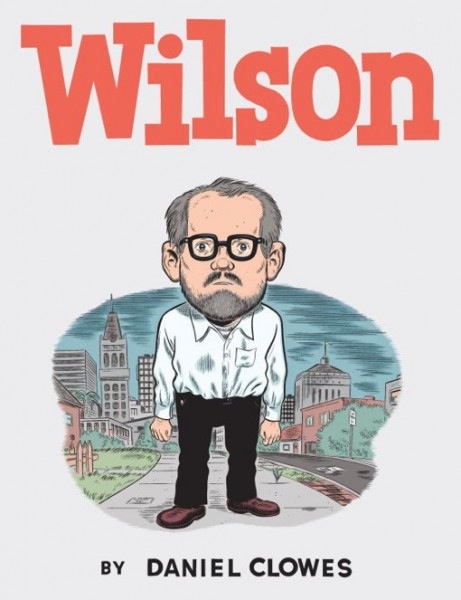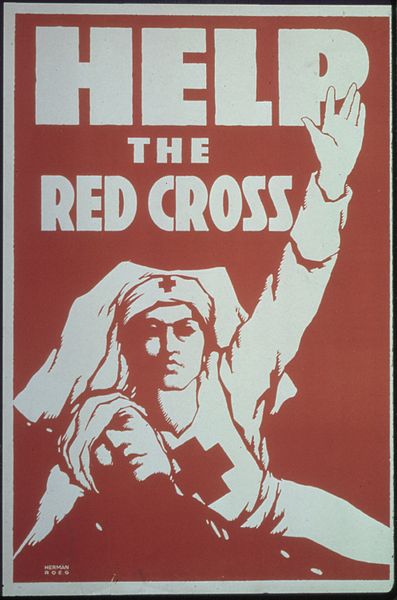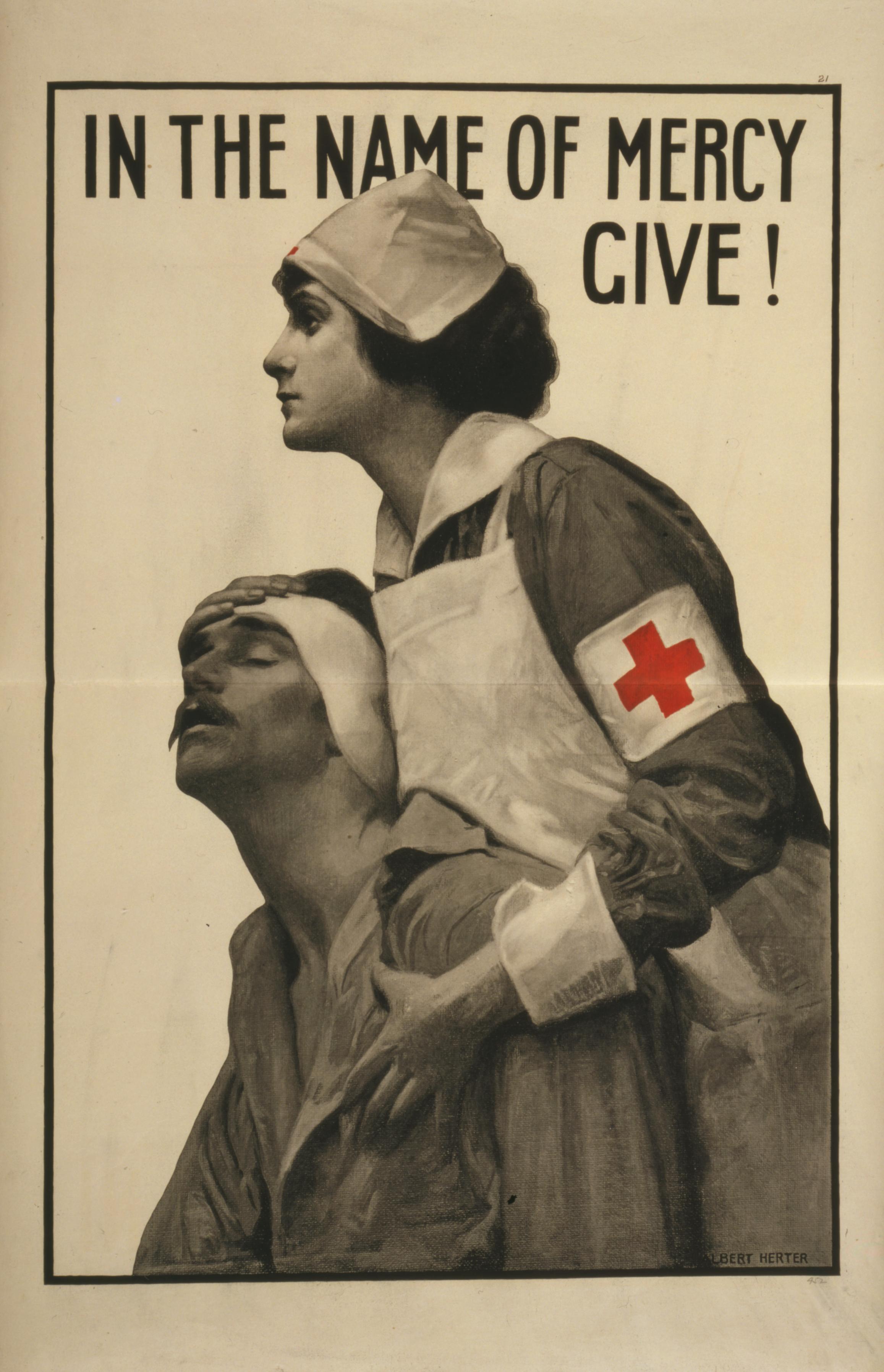
Daniel Clowes is the Mark Millar of the indie comics set, with two of his graphic novels—Ghost World and Art School Confidential—having been filmed. And now a third, Wilson, based on the GN of the same name, is back on track, with filming set for Minneapolis next month. The script is by Clowes.
The book was originally slated to be directed by Alexander Payne, back in 2010, and bounced around a bit before Fox Searchlight picked it up. If the Clowes tale—about a grumpy, socially awkward man who is painfully obtuse as he attempts to connect with other humans—was not written directly for Payne to direct, it night as well have been as all his films deal with familial estrangement. But it turns out the film will be directed by Craig Johnson, previously of The Skeleton Twins, and Woody Harrelson and Laura Dern will star as the misanthropic Wilson and his ex-wife/connection interest.
Payne will still produce, however, with his Ad Hominem Enterprises partners Jim Taylor and Jim Burke, Sam Raimi and Josh Donen all attached in some way.
I just happened to watch The Skeleton Twins the other night (it was edited and produced by Jennifer Lee, formerly of Vertigo, and an old Beat Pal.) It was a smart, deft film about…people awkwardly trying to connect with their true feelings, with Hader and Wiig shining. Harrelson and Dern are great 90% of the time, so this sounds like a quality project all around.
By Julia F. Irwin
President Barack Obama has proclaimed March 2014 as “American Red Cross Month,” following a tradition started by President Franklin D. Roosevelt in 1943. 2014 also marks the 100-year anniversary of the outbreak of the First World War in Europe. Although the United States would not officially enter the war until 1917, the American Red Cross (ARC) became deeply involved in the conflict from its earliest days. Throughout World War I and its aftermath, the ARC and its volunteers carried out a wide array of humanitarian activities, intended to alleviate the suffering of soldiers and civilians alike.
 In honor of American Red Cross Month, and in commemoration of the First World War’s centennial, here’s a list of things you might not have known about the World War I era history of the American Red Cross:
In honor of American Red Cross Month, and in commemoration of the First World War’s centennial, here’s a list of things you might not have known about the World War I era history of the American Red Cross:
(1) On 12 September 1914, just over a month after the First World War erupted in Europe, the American Red Cross sent its first relief ship to the continent. Christened the Red Cross, the ship carried units of physicians and nurses, surgical equipment, and hospital supplies to seven warring European nations. This medical aid reached soldiers on both sides of the conflict.
(2) After the United States entered World War I in April 1917, the ARC’s intervention in Europe expanded enormously. Over the next several years, the ARC’s leaders established humanitarian activities in roughly two-dozen countries in Europe and the Near East. The organization provided emergency food and medical relief on the battlefields and on the European home front, but ARC staff and volunteers also took on more constructive projects. They built hospitals, health clinics and dispensaries, libraries, playgrounds, and orphanages. They organized public health campaigns against diseases like typhus and tuberculosis. They took steps to reform sanitation in many countries and introduced nursing schools in several major cities. The ARC’s efforts for Europe, in other words, went well beyond immediate material relief to include long-term, comprehensive social welfare projects.
(3) During World War I, the American Red Cross experienced astronomical growth. On the eve of war, ARC membership hovered around 10,000 US citizens. By 1918, the last year of the war, roughly 22 million adults and 11 million children – approximately 1/3 of the total US population at that time – had joined the American Red Cross and contributed at least $1.00 to the organization.
 (4) In 1917, the wartime leaders of the American Red Cross established an auxiliary body for US children—the Junior Red Cross (JRC). During the war, American Juniors put on plays and organized bazaars to raise money for the war effort, collected scrap metal and other essential war supplies, and helped produce over 371,500,000 relief articles for US and Allied soldiers and refugees, valued at nearly $94,000,000. After the war ended, postwar leaders transformed the JRC’s mission, moving away from relief efforts and towards international education initiatives. They established pen-pal programs for between US and European schoolchildren and published monthly magazines to teach US students about the culture, geography, and histories of other nations.
(4) In 1917, the wartime leaders of the American Red Cross established an auxiliary body for US children—the Junior Red Cross (JRC). During the war, American Juniors put on plays and organized bazaars to raise money for the war effort, collected scrap metal and other essential war supplies, and helped produce over 371,500,000 relief articles for US and Allied soldiers and refugees, valued at nearly $94,000,000. After the war ended, postwar leaders transformed the JRC’s mission, moving away from relief efforts and towards international education initiatives. They established pen-pal programs for between US and European schoolchildren and published monthly magazines to teach US students about the culture, geography, and histories of other nations.
(5) As President of the United States, President Woodrow Wilson was also the President of the American Red Cross. Wilson proved to be a tireless promoter of the ARC. Through many speeches and press releases, he urged all US citizens to join the ARC, defining this as nothing less than a patriotic duty. Wilson also lent his face to ARC posters, magazine covers, and other forms of fundraising publicity. It was on 18 May 1918, perhaps, that Wilson made his commitment to the ARC most visible: on that day, he led a 70,000-person American Red Cross parade down Fifth Avenue in New York City. The visible support of Wilson and his administration played a critical role in defining the ARC as the United States’ leading humanitarian organization—a status that it continues to hold 100 years later.
Julia F. Irwin is an Assistant Professor of History at the University of South Florida. She specializes in the history of US relations with the 20th century world, with a particular focus on the role of humanitarianism in US foreign affairs. She is the author of Making the World Safe: The American Red Cross and a Nation’s Humanitarian Awakening. Her current research focuses on the history of US responses to global natural disasters.
Subscribe to the OUPblog via email or RSS.
Subscribe to only history articles on the OUPblog via email or RSS.
Image credits: (1) “Help the Red Cross.” Public domain via U.S. National Archives and Records Administration (2) “In the Name of Mercy – Give.” Albert Herter. Public domain via Library of Congress.
The post The American Red Cross in World War I appeared first on OUPblog.

Megan Branch, Intern
In his new book, The Andes: A Cultural History, Latin American Literature professor Jason Wilson looks at the dramatic influence The Andes have had on South American history and on literature from all over the world. Since we’re nearing the end of travel season, I’ve excerpted a passage below about the uniqueness of rail travel in the Andes—including altitudes that tend to make most people sick.
Crossing the Andes has always meant building bridges, roads and, more recently, railways. In 1934 a recently-married Victor Wolfgang von Hagen, a naturalist and prolific publicist of Latin America, reached  Ecuador by boat to visit Chimborazo and the Galapagos Islands. Before the railways had been built from the tropical disease-ridden coast at Durán, across the river from Guayaquil, to Quito 290 miles away, the journey on horseback had taken eight days. Then the American Harman brothers (Archer and John) built their track, switchbacking up the Nariz del Diablo after the Chan Chan river gorge. Work had begun in 1897 and was completed in 1908 in what was a great feat of railway engineering (until suspended in 1983 and again in 1998). It climbed 10,626 feet in fifty miles and reached a pass at 11,841 feet, which von Hagen likened to the tundra in its bleakness, before descending to the Quito plateau. Theroux had wanted to ride this train, but it was overbooked.
Ecuador by boat to visit Chimborazo and the Galapagos Islands. Before the railways had been built from the tropical disease-ridden coast at Durán, across the river from Guayaquil, to Quito 290 miles away, the journey on horseback had taken eight days. Then the American Harman brothers (Archer and John) built their track, switchbacking up the Nariz del Diablo after the Chan Chan river gorge. Work had begun in 1897 and was completed in 1908 in what was a great feat of railway engineering (until suspended in 1983 and again in 1998). It climbed 10,626 feet in fifty miles and reached a pass at 11,841 feet, which von Hagen likened to the tundra in its bleakness, before descending to the Quito plateau. Theroux had wanted to ride this train, but it was overbooked.
Another railway engineering feat is the pass at Ticlio, on the line from Lima to Tarma in Peru, the highest railway pass in the world built above the Rimac gorge by the “indefatigable” and “unscrupulous” New York-born Henry Meiggs (actually at 15,865 feet). According to Wright, over 7,000 Andean and Chinese labourers died building a railway that has 66 tunnels, 59 bridges and 22 switchbacks. You can ask for oxygen masks on the train that now runs from Arequipa to Puno on Lake Titicaca, where the station of Crucero Alto is 14,688 feet high. The 1925 South American Handbook warned that soroche or mountain sickness was “usually the penalty of constipation”. Paul Theroux felt dizzy and sweated up this line, and the “astonishing” beauty of the landscape from the train window was ruined. Then a molar ached. He later learned that blocked air in a filling creates pressure on the nerve: “it is agony,” he wrote. The passengers started vomiting, until balloons filled with oxygen were handed around before they passed through the highest railway tunnel in the world. As a train enthusiast, Theroux marveled at the engineering, supervised by Meiggs between 1870 and 1877 the year he died, but surveyed by a Peruvian called Ernesto Malinowski. There is a Mount Meiggs near Ticlio.
Another gringo, Dr. Renwick, took a train from Arequipa to Cuzco, spotting the extinct volcano of Vilcanto at 17,000 feet, “one of the best known in all Peru”, and nearby Ausangate, towering over all others at 20,000 feet and visible a hundred miles away. He acutely remarked that Peruvians were so accustomed to these mountain giants seen from the train that they hardly noticed a peak like Huascarán, which “anywhere else would fill the mind with astonishment.” He is still right.

 I'm working on a children book with an author. Here is one part of a page ... The Queen is choosing her dress ... If you want to know more about this project, visit sometimes my blog, I'll tell from time to time what is going on.
I'm working on a children book with an author. Here is one part of a page ... The Queen is choosing her dress ... If you want to know more about this project, visit sometimes my blog, I'll tell from time to time what is going on.




 In honor of American Red Cross Month, and in commemoration of the First World War’s centennial, here’s a list of things you might not have known about the World War I era history of the American Red Cross:
In honor of American Red Cross Month, and in commemoration of the First World War’s centennial, here’s a list of things you might not have known about the World War I era history of the American Red Cross: (4) In 1917, the wartime leaders of the American Red Cross established an auxiliary body for US children—the Junior Red Cross (JRC). During the war, American Juniors put on plays and organized bazaars to raise money for the war effort, collected scrap metal and other essential war supplies, and helped produce over 371,500,000 relief articles for US and Allied soldiers and refugees, valued at nearly $94,000,000. After the war ended, postwar leaders transformed the JRC’s mission, moving away from relief efforts and towards international education initiatives. They established pen-pal programs for between US and European schoolchildren and published monthly magazines to teach US students about the culture, geography, and histories of other nations.
(4) In 1917, the wartime leaders of the American Red Cross established an auxiliary body for US children—the Junior Red Cross (JRC). During the war, American Juniors put on plays and organized bazaars to raise money for the war effort, collected scrap metal and other essential war supplies, and helped produce over 371,500,000 relief articles for US and Allied soldiers and refugees, valued at nearly $94,000,000. After the war ended, postwar leaders transformed the JRC’s mission, moving away from relief efforts and towards international education initiatives. They established pen-pal programs for between US and European schoolchildren and published monthly magazines to teach US students about the culture, geography, and histories of other nations.

I definitely wouldn’t have pictured Harrelson and Dern, but now that I’ve seen their names on it it sounds like a perfect fit.
Out of all the work Clowes has done it seems like a strange choice for adapting; its format was an essential part of the experience. (I think it was Alan Moore who commented, when The Spirit movie was coming, that “The Spirit is not about Denny Colt fighting crime from a cemetery; it’s about panels on a page.” Wilson was definitely that, with each page being a complete comic strip with a beginning, middle, and end and Clowes shifting styles throughout.)
The book’s themes of alienation and awkwardness are universal, of course, and I think Harrelson can definitely pull off a character who’s deeply unpleasant without actually ever seeming like he’s a bad person. I expect it’ll be a good film. I just think that the changes required to make it into a live-action film are going to make it into something that’s not really Wilson anymore.
(Now, if they were to animate it and play with different animation styles for every scene, that would be outstanding. But obviously I don’t see that happening.)